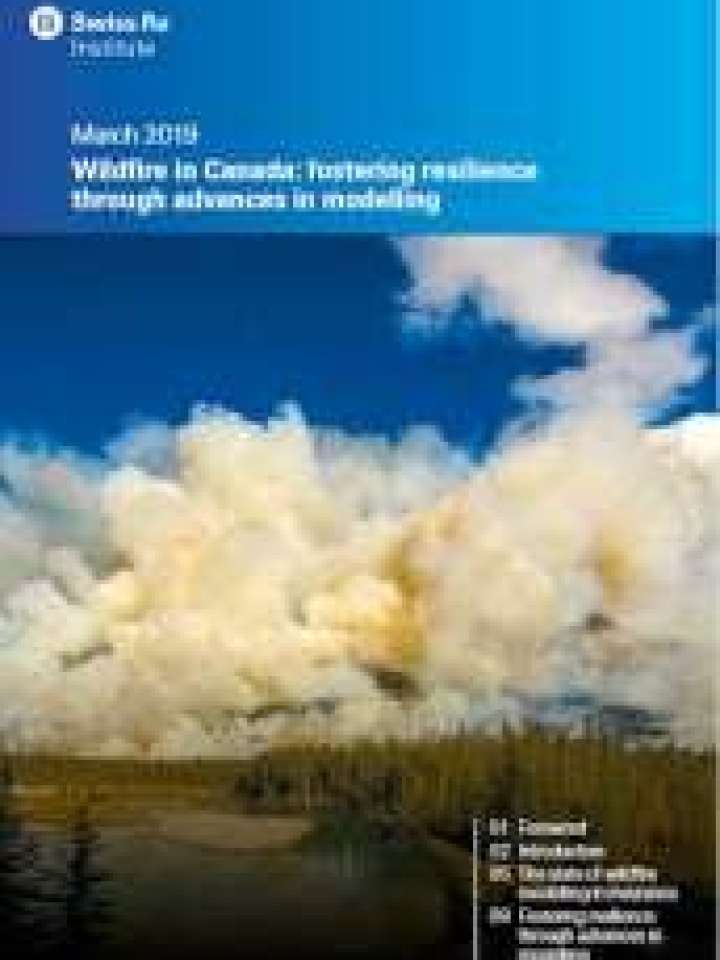Wildfire in Canada: fostering resilience through advances in modelling
The wildfire risk landscape in Canada has changed rapidly. Each year between 2000 and 2014, an average of 13 000 Canadians were forced to evacuate their homes due to wildfires – more than double the figure in the 1980s. Evacuations skyrocketed in 2016 and 2017.
The number of people living in wildland-urban interface areas in Canada that are prone to wildfires continues to grow, along with exposure. Wildfires triggered insured losses of almost CAD 5 billion between 2003 and 2017, and even higher economic losses. Meanwhile, wildfire risk modelling in insurance has lagged behind modelling for other natural catastrophes, such as earthquakes, storms and floods.
The latest expertise publication from the Swiss Re Institute examines these wildfire risk trends, and discusses how insurers can improve wildfire risk modelling via new real-time techniques that use big data and artificial intelligence. The paper also explores how such risk modelling in insurance can in turn incentivize appropriate risk prevention and reduction by individual policyholders as well as entire communities, fostering wildfire resilience across all of Canada.
Explore further
